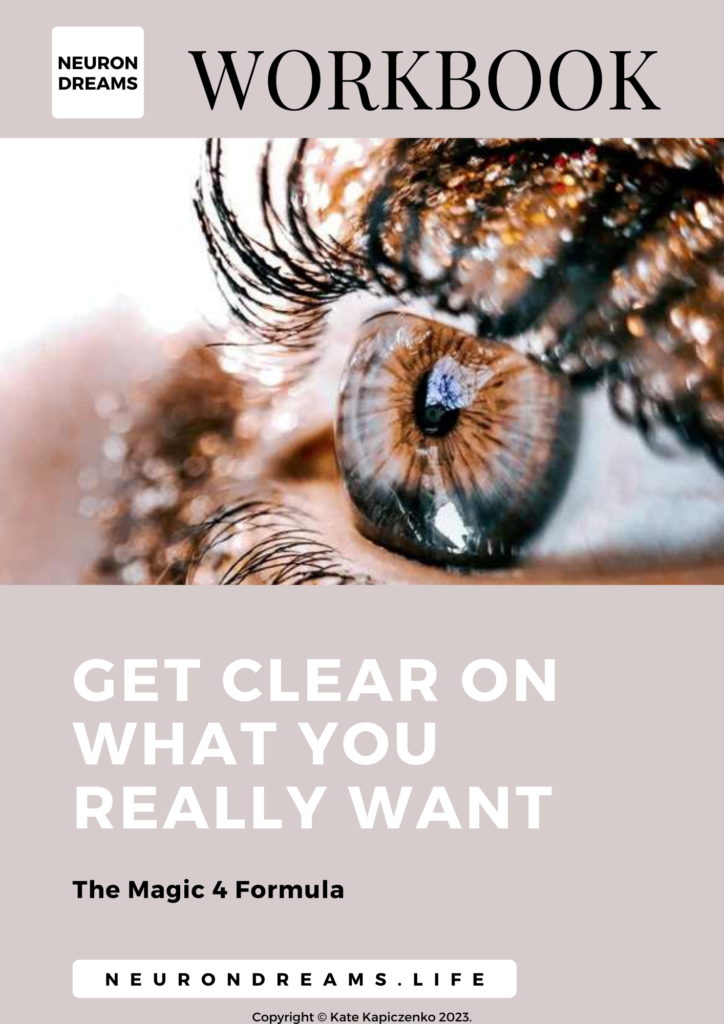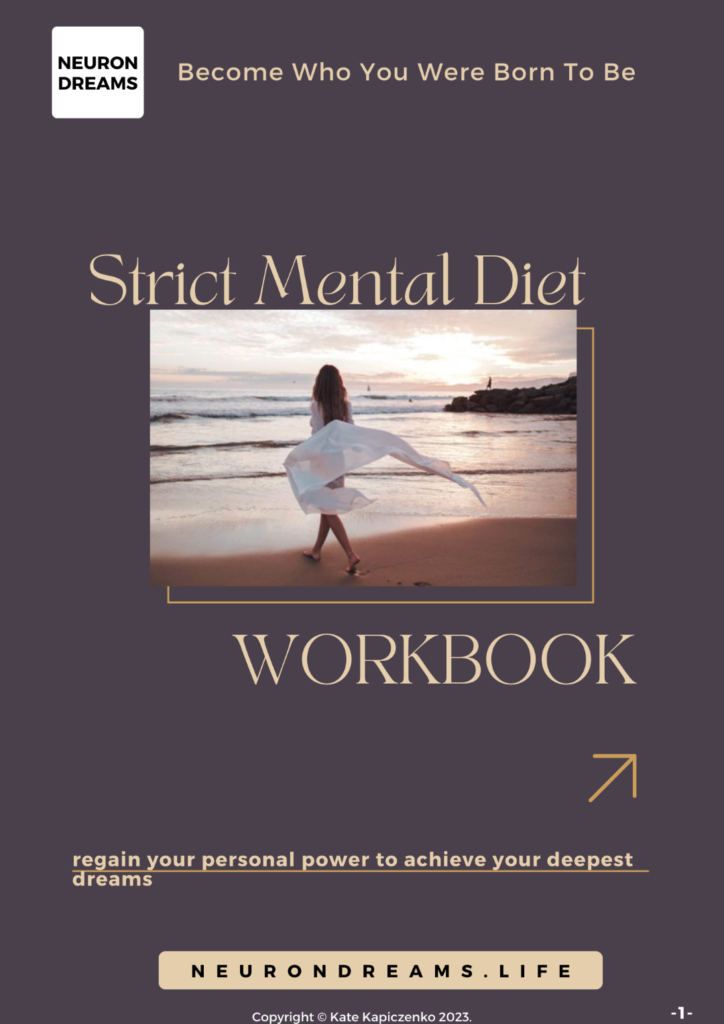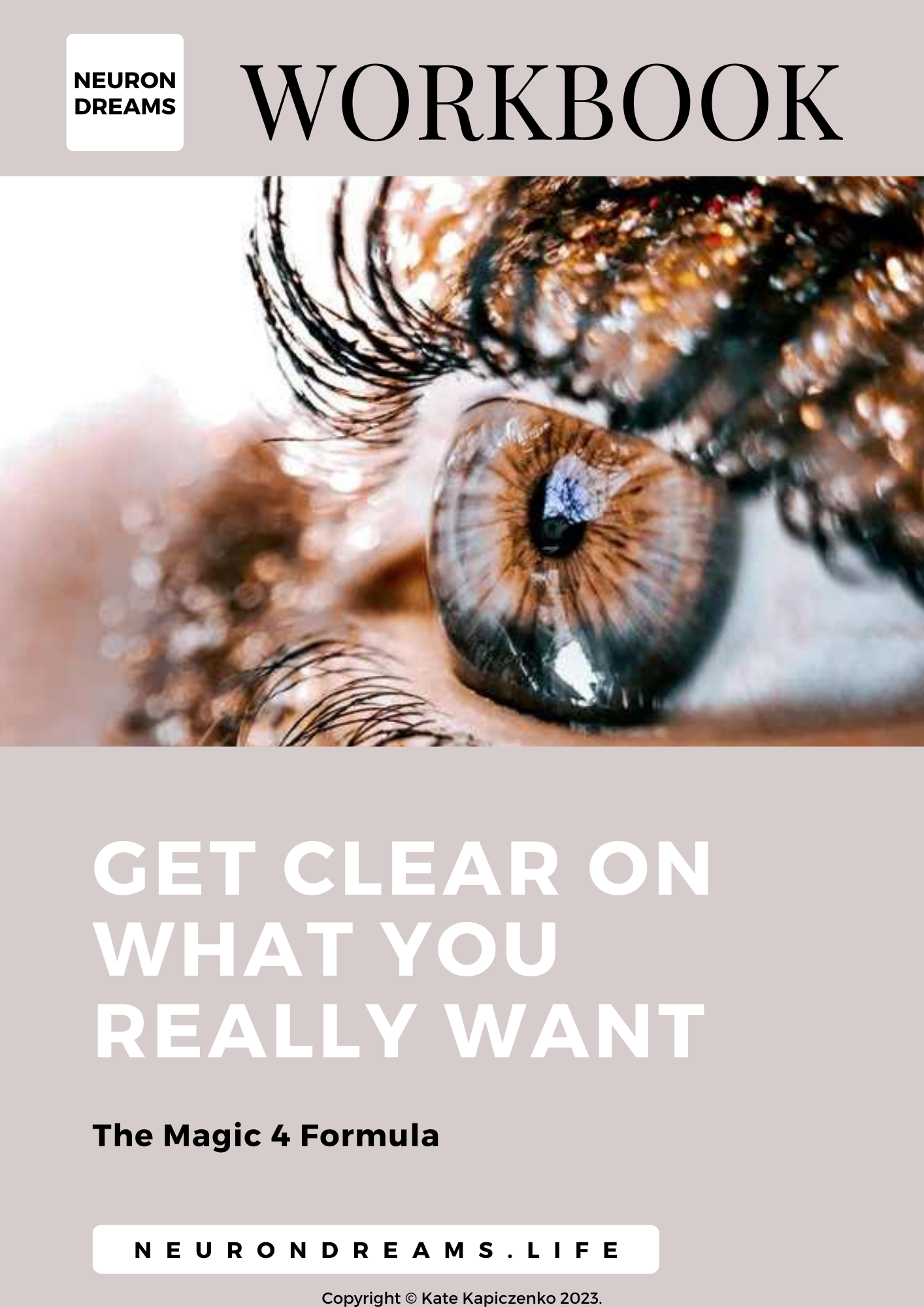Table of Contents
(In) Decisive
Do you often find yourself paralyzed in the face of big decisions? Do you want to improve your decision-making process so that you can be sure that you’re choosing the best option available? If your answer is yes you’ve come to the right place because today I’m sharing 9 powerful ways to make way better decisions. So let’s begin!

“Your choices decide your fate. Take the time to make the right ones. If you make a mistake, that’s fine; learn from it & don’t make it again.”
– Robert Kiyosaki Tweet
Step 1: Self-Awareness
The first and absolutely most important thing that you need to do if you want to improve and facilitate your decision-making process is to increase your self-awareness. Because only when you know who you are, what is your current situation, what you want to achieve in the future, and what is the purpose of your life you can be sure that you’re making the right decisions for (your future-self) yourself.
Most people assume that they don’t need to develop self-awareness so they decide to skip the process. Then when they need to take an important life decision they struggle. They struggle because they don’t know what’s best for them, what they want to achieve, and what kind of life they want to live. Well, no wonder they’re so indecisive. Because how can you be sure of what you should choose if you don’t know who you truly are? That’s just impossible.
Self-awareness is crucial for the decision-making process. So if you struggle with making the simplest of decisions it could be because you don’t know yourself as well as you think. Maybe it’s time to work on yourself and raise self-awareness. If you feel you want to do that here are some powerful yet quite simple ways to improve your self-awareness:
Powerful Ways To Raise Self-Awareness
- Ask yourself STRATEGIC questions NOT convenient ones.
- Make journaling your daily habit
- Clarify your values
- Write down your current top 5 priorities
- Create a list of your long-term and short-term goals
- Create a vision board for your future
- Discover your surroundings
- Practice being present
Step 2: Be Intentional
You may not be aware of this, but you make decisions every second of your life. Most of these decisions are rather trivial but still, they are your decisions. You may not realize it, especially if you’re living on autopilot mode. But, it’s true. Your whole life, every second of it, is a big decision-making process. You choose your life moment by moment. Because surely you make decisions about food, work, free time, outfit, daily priorities, holiday, your future, and so on. You just don’t pay attention to that.
Basically, everything you do, you do because you’ve made a decision. I know what you’re thinking; what about all of these things that you do because you have to, not because you want to? Well, that’s also a choice you make. And yes, you could choose not to do it if you didn’t want it.
We tend to forget that we always have a choice. And you know what… It’s a wonderful thing to know that at any moment you have the freedom, the ability, and the power to choose what to do and how to live your life. The choice is the greatest gift we get from life.
But to be able to truly enjoy this gift first you need to realize that you receive it. Then you can use it as a powerful tool to create the life you want to live. Choose to be present. Be intentional in all you do. Stop living your life on autopilot, not fully aware of what you’re doing and choose your life moment by moment.
- Become MORE aware of your everyday choices.
- Create a habit of revising YOUR daily decisions.
- Recognize that HAVE the power to control your choices.
- Make a conscious decision that you WANT to improve your decision-making process.
- Realize that not making a decision is ALSO a decision.
Step 3: 10/10/10 Rule
Struggling to make a difficult decision? Well, you’re not the only one. But luckily, there are a lot of powerful tools you can use to simplify your decision-making process. And one of them is Suzy Welch’s “10-10-10 Rule”. If you have heard about this particular method, it’s time to catch up.
The fundamental premise of the “10-10-10 Rule” invented by business journalist Suzy Welch, is that every decision you make today not only affects your tomorrow but also it will determine your future. Thus, if you want to make the right decision you should first determine the options you have and then identify are potential consequences for each of these options in 10 minutes, 10 months, and 10 years.
This simple approach will not only increase your ability to think beyond the present moment but also it will enable you to look at your current situation from a different perspective.
So, next time when you need to take an important decision first think about the options you have and then ask yourself these 3 questions:
- What options do I have?
- How THIS particular decision you are about to make will impact me in 10 minutes?
- How THIS particular decision you are about to make will impact me in 10 months?
- How THIS particular decision you are about to make will impact me in 10 years?
Step 4: Distance Yourself From Your Decision
When faced with a big decision, it can be easy to get overwhelmed and lose sight of the big picture. And it’s in those moments that we need an outsider’s perspective. Other people see things differently. So when you talk to others about something important you gain a fresh point of view. But what do you do when you find no one to talk to? Well, when it happens you have at least two options:
- Pretend you’re chatting with your friend, family member, or co-worker who is struggling to make a hard decision (the same decision you have to make). Ask yourself what you think they should do in that particular situation.
- Imagine you’re watching a movie in which the main character feels stuck making a difficult decision. What would you do if you were in their position?
Step 5: Fear Setting
How to handle life’s difficult choices when you’re paralyzed by fear? Maybe the best option is not to make a decision at all and just wait for life to get easier.
Well, the problem is that not making a decision is also a decision. And sometimes it can be the worst decision of all. Because when you refuse to make a decision, this decision sooner or later will be taken for you and you may not like the result. That’s the real cost of being inactive. It’s pretty high, isn’t it?
Waiting for a perfect moment to make a decision is often a mistake.
First of all, there is no such thing as a perfect moment. Life is perfectly imperfect and we need to accept that. So if you wait for the right circumstances, you just waste your time which we all know is a limited resource.
Second, when you refuse to make a decision you basically give your power away without even realizing that. As a consequence, you lose control over your life.
The final and probably the most important reason why remaining inactive is not a good idea is that, if you surrender to your fate you settle for ordinary. And why would you want to settle for ordinary if you can have extraordinary, right?
So if you want to live an extraordinary life, then you need to overcome your fear of making decisions and take action. And if you have no idea how to do it; there’s actually a great method called “fear setting”.
“Fear setting” is a simple strategy developed by Tim Ferriss to overcome the fears that prevent you from taking action. So, basically, all you need to do is to create 3 lists:
- define – define your fear, identify the worst-case scenario
- prevent – prevent your fears, and develop a plan to prevent each of these worst-case scenarios from happening
- repair – figure out how each of these worst-case scenarios can be repaired (if the worst happens)
So as you can see “fear setting” method applies the idea of negative visualization to overcome the fear of an upcoming and potentially disastrous event. Honestly, I think it’s kind of brilliant and extremely effective. You should try it!
Step 6: Start With A Little Experiment
When it comes to setting and achieving big life goals, it’s often helpful to break them down into small actionable steps. This approach not only helps us to plan everything out but also prevents prevent overwhelming thoughts or feelings that could potentially block our progress. So, if this strategy works so well with approaching complex goals why not apply it to big life decisions?
Instead of making a major life decision at once you could start with a little experiment and see how it goes. For instance, if you’re planning to move to a new city but you’re not sure if that’s the right decision you could rent an Airbnb for a week or two and see whether you like it. This simple experiment would help you to understand (and test) your options before deciding.
Life is not a test but an experiment. “You may never know what results come of your actions, but if you do nothing, there will be no results.”
Accept that you don’t need to have everything figured out to the nth degree to move forward. Of course, you can and you should. One step at a time there’s no need to rush. In most cases, you can change your mind at any time along the way.
Step 7: Logical Thinking vs Emotional Intelligence
Which is better logic or intuition? Critical thinking or intuitive thinking? Pure logic or gut instinct? Who makes better decisions; those who rely on logic alone or those who believe that their gut instinct is enough to make every life decision? What’s a better approach to making the right decisions?
Well, if you ask me I do believe that the best approach to the decision-making process is a mix of emotion and cognition. Because only if you combine critical thinking with emotional intelligence you can be sure that you’re minimizing your biases when making decisions.
We all have our unintended biases. We have some prejudices; we have some false ideas; we have certain notions; we have certain ideologies. We all have mental shortcuts that influence our decisions. We all get carried away by our emotions sometimes. That is why we should not rely on gut instinct alone ignoring critical analysis and vice versa.
Besides having these two incredible decision-making tools available at our disposal why not take advantage of them? That would be unwise. But to be able to balance these two you need to be present and trust yourself. So stop doubting yourself and your ability to make the right decisions. Instead, focus on strengthening your relationship with yourself. All of the answers you seek are within YOU.
Step 8: Ask For Advice But Only When...
Most people when facing an important decision that could potentially change their entire life seek advice before they even consider the matter thoroughly. That’s a big mistake. And the reason I know that is because I used to do that all the time. Not only did it not solve my problems but also it gave me a feeling of being even more torn. I just felt in my gut that I am the only one who can decide what was right for me but I was doubting myself and my ability to make the right decision for myself.
Of course, I am not saying that you should never ask for advice. Because getting an-outsiders-perspective can be quite beneficial. However, you shouldn’t be shifting responsibility for your decisions and life to others. In my opinion, such behavior is neither fair nor appropriate. Not to mention that no one knows you better than yourself.
Step 9: Consider Variables
When you make a bad choice and it has huge negative consequences, it’s more than fair. But what about those moments when so-called good decisions have pretty bad outcomes? Well, that’s kind of depressing and a bit confusing, isn’t it?
Let’s acknowledge an obvious truth: Good decisions don’t always have good outcomes just as bad decisions don’t always have negative consequences. It’s just how it is. There are many external factors that we just cannot control and we need to accept them. And it’s not always a bad thing. Because sometimes we really don’t know what’s best for us and what’s truly meant to be until it just surprises us. So when a so-called good decision has bad outcomes maybe it means that there are bigger and better things waiting for you!
xo Kate
















